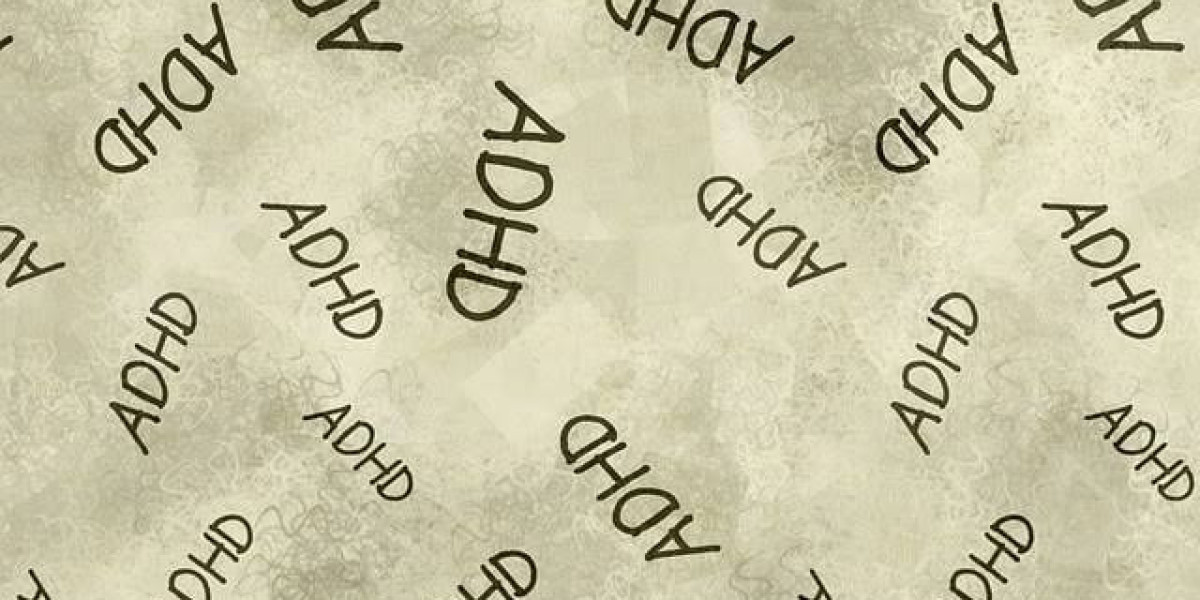As children grow and develop, they often display bursts of energy, impulsive behavior, or struggles with attention. These behaviors may be part of normal development, but when such patterns persist, parents may begin to question: Could my child have ADHD?
Attention-Deficit/Hyperactivity Disorder (ADHD) is a neurodevelopmental condition characterized by chronic inattention, impulsivity, and hyperactivity. While common, diagnosing ADHD requires a detailed process to ensure accuracy and avoid misinterpretation. This guide explores the structured steps professionals follow to assess and diagnose ADHD in children, helping parents navigate the path toward understanding and support.
Recognizing Potential Signs of ADHD
Before seeking a diagnosis, parents often observe behavior that seems outside the norm for a child’s age. ADHD typically manifests in three types: predominantly inattentive, predominantly hyperactive-impulsive, and combined. Children may struggle to focus, complete tasks, follow instructions, or sit still. However, it is important to differentiate between occasional restlessness and consistent patterns that impact multiple areas of life, including school, home, and social settings.
A professional diagnosis is essential, as many childhood behaviors can mimic ADHD without meeting the full diagnostic criteria. Therefore, early recognition should be followed by consultation with qualified healthcare providers.
How Professionals Diagnose ADHD in Children
Diagnosing ADHD is not a matter of a quick test or simple observation. It involves a comprehensive evaluation guided by the Diagnostic and Statistical Manual of Mental Disorders, Fifth Edition (DSM-5). According to these criteria, ADHD symptoms must be present for at least six months, appear before age 12, and interfere with functioning in two or more settings (e.g., home and school).
Professionals begin by collecting a detailed developmental, medical, and behavioral history. They assess how symptoms align with diagnostic benchmarks and evaluate the extent to which these behaviors disrupt a child’s daily life. Diagnosis also involves ruling out other conditions such as anxiety, depression, learning disabilities, or sensory processing challenges that may present similar symptoms.
Who Is Qualified to Diagnose ADHD in My Child?
Several types of professionals are trained to assess and diagnose ADHD. Understanding who to approach can make the process smoother and more effective.
- Pediatricians and family doctors are often the first point of contact. They can conduct initial screenings and refer to specialists if more detailed evaluation is needed.
- Child psychologists and clinical psychologists specialize in behavioral assessments and are often involved in comprehensive ADHD testing. They use structured tools to evaluate attention, memory, and behavior.
- Psychiatrists, particularly those specializing in children and adolescents, can diagnose ADHD and prescribe medication when appropriate.
- Neurologists and developmental pediatricians may be involved in complex cases, especially when ADHD is suspected alongside neurological or developmental disorders.
Each professional may bring a unique perspective, and in many cases, a team-based approach is used to ensure the most accurate diagnosis.
What Does an ADHD Diagnostic Assessment Involve?
ADHD diagnostic assessments are designed to gather data from multiple sources to build a full picture of a child’s behavior and development. While the process may vary slightly depending on the provider, certain components are commonly included:
- Clinical interviews – In-depth conversations with the child and caregivers help understand the child’s developmental history, emotional health, family dynamics, and academic background.
- Behavior rating scales and questionnaires – Standardized tools such as the Vanderbilt Assessment Scales or Conners Rating Scales are completed by parents and teachers to measure specific behaviors related to attention and impulsivity.
- Observational assessments – In some cases, professionals observe the child in structured or natural environments to see how they interact, follow directions, or manage tasks.
- Cognitive and academic evaluations – Tests that measure attention span, memory, executive functioning, and academic performance may be conducted to identify coexisting conditions or rule out other learning disorders.
The assessment process ensures that conclusions are based on observable data, rather than assumptions or one-time behaviors. This is what distinguishes ADHD testing from casual observation or informal opinions.
The Importance of Gathering Comprehensive Information
Accurate ADHD diagnosis depends not just on what the child displays during evaluation sessions but also on input from those who regularly interact with the child. Teachers, parents, and caregivers provide critical insights into how a child behaves across different environments.
Behavioral symptoms of ADHD must be consistent across more than one setting. A child who struggles only in school or only at home may be facing environmental challenges rather than ADHD. Therefore, gathering input from multiple perspectives is necessary to avoid misdiagnosis and ensure the chosen treatment path is appropriate.
Schools often play a vital role by sharing academic performance data, classroom behavior records, and teacher-completed behavioral checklists. Similarly, parents are encouraged to document their observations at home, including specific challenges and coping mechanisms.
What to Expect from ADHD Diagnostic Testing
Parents considering a formal diagnosis often ask what ADHD testing actually involves. The process is thorough, involving a combination of qualitative and quantitative tools.
- Standardized questionnaires – Tools like the Conners or Vanderbilt Scales ask specific questions to measure how often a child displays symptoms of inattention, hyperactivity, or impulsiveness.
- Structured interviews – These are conducted with parents, teachers, and sometimes the child to understand behavior patterns and functional impact.
- Psychological and neuropsychological assessments – These may include intelligence testing, memory tasks, and attention span tests that help identify executive functioning deficits.
- Rule-out procedures – Professionals ensure that symptoms aren’t caused by medical issues (e.g., thyroid problems), emotional trauma, or environmental factors.
Through this multi-step process, professionals ensure that each diagnosis is tailored and evidence based. It’s also how the best therapists and clinicians create effective treatment plans—grounded in accurate information.
Next Steps After an ADHD Diagnosis
If a diagnosis is confirmed, families work with professionals to design a treatment strategy. This may include behavioral therapy, classroom accommodations, parent training programs, and medication when appropriate. Early diagnosis opens the door to individualized support and helps children develop the skills they need to succeed in school and social environments.
Families are encouraged to build a support network that includes educators, mental health professionals, and community resources. Collaboration among these individuals ensures continuity of care and consistent reinforcement of positive behavior strategies.
Conclusion
Understanding whether your child has ADHD begins with recognizing consistent behavioral patterns and seeking guidance from qualified professionals. The diagnostic journey involves more than just a single appointment—it’s a comprehensive process that evaluates behavior, gathers input from multiple sources, and uses reliable tools to reach an accurate conclusion.
By working with experienced providers and considering formal ADHD testing, parents take an important step toward empowering their children. Whether you start with your pediatrician or reach out to the best therapists in your area, remember that knowledge and early support are key. A thoughtful diagnosis not only brings clarity but also opens the door to interventions that can transform a child’s daily life.







